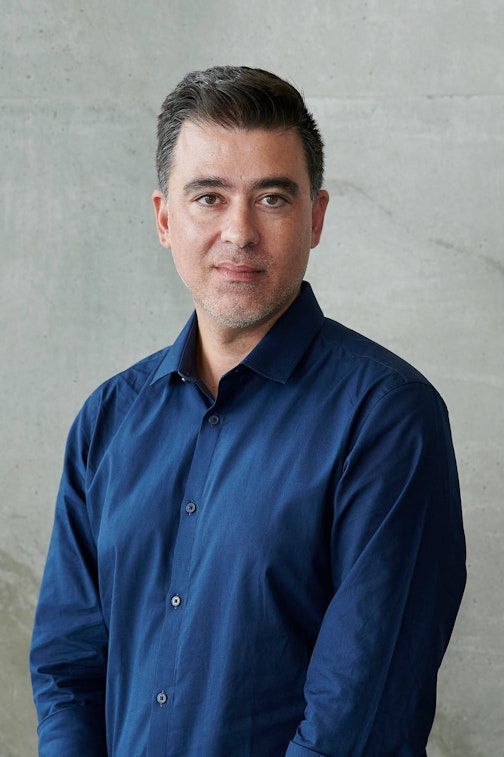Save Your Breath
Pedro de Almeida
It’s smoky out. Walking down Botany Road this morning, a traffic corridor defined by its discombobulating assemblage of decades’ old betting joints and brothels smack up against glitzy apartments with enviable sky gardens, I could only just make out the silhouette of downtown Sydney’s skyline. The asthma warnings have been issued, the children have been discouraged from outdoor play, and the media trumpets the city’s air quality ‘worse than Beijing’ as seventy bushfires burn across the state of New South Wales. What to do, other than save your breath? For those of us that find nourishment in art and its dissection—there’s no shame in being embarrassed admitting it now, it’s why you’re here after all—there is much oxygen to breathe in these Papers thanks to the efforts of a cohort of writers whose connections to 4A extend beyond decades and continents.
Issue 7 of 4A Papers opens with the wise counsel of John Clark, an individual that needs no introduction to anyone who knows anything about Asian art. Invited to respond to an open brief to offer insight into the state of Asian art history education in Australia NOW, John characteristically follows lines of enquiry that extend beyond the point of origin to weave a portrait of some of the challenges and opportunities that reveal themselves to a younger generation of Australian scholars and curators. More than anything, John reminds us that ‘training in art history relies on the circulation of ideas over time, as much as the appraisal of artworks requires their circulation via their ability to attract curatorial attention or, realistically, on the facture of works allowing appraisal in monetary terms via the art market.’ Ever the professor, John concludes with an offering of a brief analysis of some figures (there’s a downloadable table, knock yourselves out) and issues pertaining to the teaching of Asian art history in Australia at present—nourishing homework for anyone keen to learn.
Micheal Do likewise offers a reflection on the NOW with a timely look at how Japanese artist Yu Araki offers a counterpoint to the prevailing fashions of contemporary Japanese art. Indeed, as the Art Gallery of New South Wales’ social media channels fill with pics of Takashi Murakami’s visit to the harbour city for the opening of their summer blockbuster Japan Supernatural, Micheal proposes a nuanced lineage, exemplified by Araki, of a generation of artists who demonstrate a ‘learning, unlearning and blurring Murakami’s version of Japan.’
Taking us back to 2002 before working her way to the present, Soo-Min Shim looks at the webtoons of Sunwoo Hoon in a broad socio-political context that extends to the ‘increasing collusion between political parties and established news media companies’ in South Korea, back THEN and now. Scrolling to the end of Hoon’s webtoon Flat is the New Deep, Soo-Min despondently concedes ‘a literal and metaphoric evocation of the idea that there is less room for political discourse and only more room for myopia.’
Anushka Rajendran, writing from Japan where she is undertaking a residency at the Aomori Contemporary Art Center, shares her thoughts following a visit to the New Delhi studio of Baaraan Ijlal, whose practice seeks to MAKE a difference to lives whose ‘personal histories always carry with them traces of the politics that have unfolded over time, especially the ways by which political events—both landmark and forgotten—touched and shaped lives intimately.’
In what feels like an endearing TALK with a friend, such is the generosity and intimacy imparted by Justine Youssef in her travelogue from Lebanon, we are immediately there alongside her: ‘We fit seven cousins in a five-seater car and drive to the top of the mountain to fill water tanks from the springs, dodging live wires until the electricity cuts out, then shooting empty cans to kill time.’
Rounding out this issue, Sumugan Sivanesan gathers his critical thoughts after he went to SEE Ground Zero, British-Tamil artist Christopher Kulendran Thomas’ collaboration with Berlin-based curator Annika Kuhlmann’s exhibition that opened during Berlin Art Week. Taking on the difficult question of power dynamics within and without Sri Lanka ‘that might affirm ideas about diaspora privilege and the meddling of Western-educated intellectuals that irritates many on the island struggling for peace,’ Sumugan’s point of view is one that demands to be contended with such is the integrity of his argument.
Perhaps art—being a plastic expression of non-plastic thought and non-plastic feeling—is the final frontier for the demonstration of human integrity. As the planet heats up, art and its making seems one of the few options we have left to exercise our ingenuity. As for the air we breathe, all the sky gardens in the world might not save us.
Best, and less
Pedro de Almeida
Editor, 4A Papers
About the contributor
Pedro de Almeida is a curator, programmer, arts manager, writer and editor based in Sydney, Australia.
